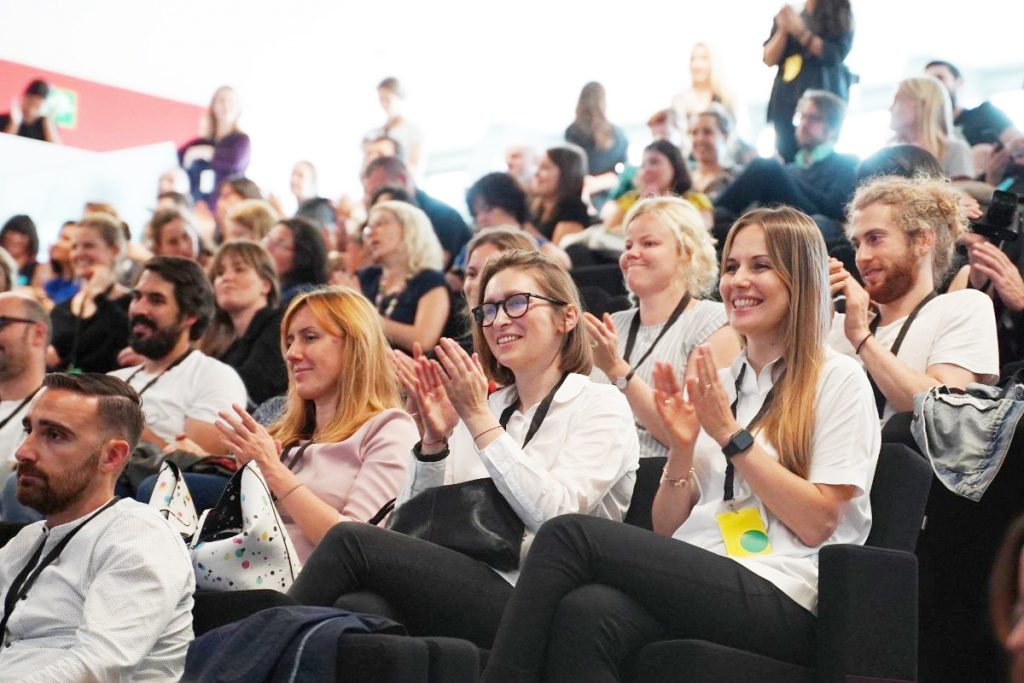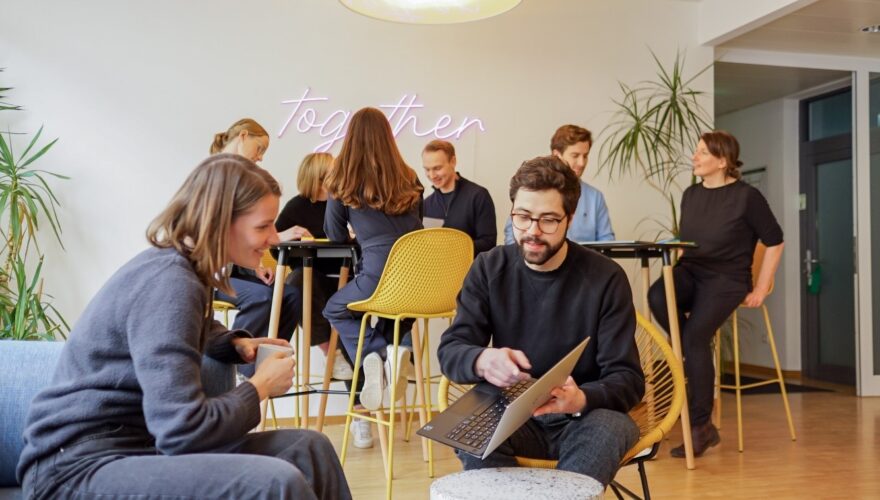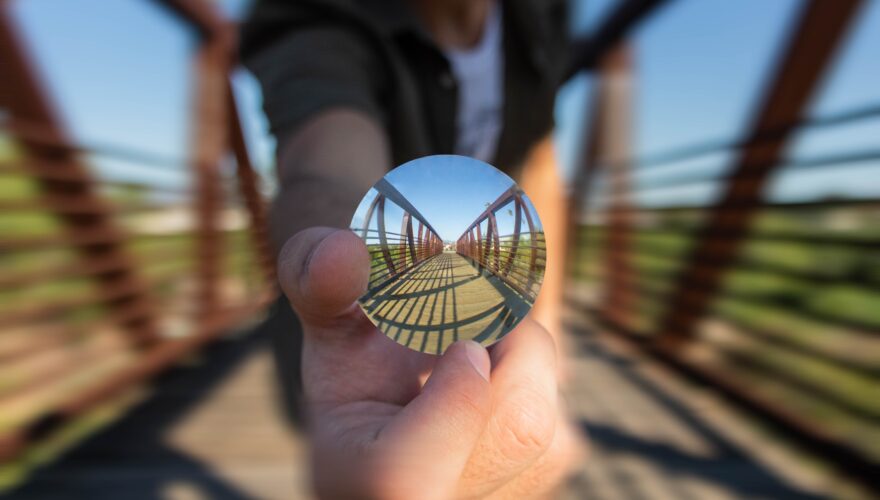Being dedicated to the same discipline, each event had a unique spirit and opened up a universe of perspectives. Service Design Days was all about meaningful change and holistic approach to innovation. Service Design Global Conference focused on service implementation and the crucial role of human relationship in this process.

1. Design for humans, keeping in mind the needs of the humanity
Service design is a strategic discipline that serves not only selected humans, but the whole society – of today and the future. Services that we create will be affecting people and ecosystem far beyond our generation. We are in a transition “from human-centered, to life-centered design” (John Thackara).
With technological advancements, even more industries will be able to create value through intangible elements of the experience.
2. Reinvent business models for the world of intangible
New technologies, such as AI and machine learning, combined with innovative ways of interaction will be redefining the way we live. Activities such as traveling, shopping, banking and healthcare have been already undergoing redesign with the customer in mind. With technological advancements, even more industries will be able to create value through intangible elements of the experience.
3. Prepare for a marathon, not only for the next sprint
To embrace the speed of change, teams need to integrate mindfulness in the fast-paced innovation process. You cannot win a marathon if you run with a speed of a sprinter. When aiming at long-term success, shift between action and reflection: take time to understand and define value; speed up to prototype and test; slow down to learn and reflect; speed up to refine, and repeat.
4. Change for better, not for the change itself
The future is shaped by the innovations that transform human experiences in a meaningful way. Customers are becoming more empowered, and their expectations are defined by experiences across industries. Before engaging into the change process, make sure you pursue the most relevant and desirable opportunity.
Change should be happening to do something better, not for the sake of rushing into change itself.
Lidia Oshlyanski
5. To deliver a service, focus on people and start with small steps
People are the core for implementing services and making innovation happen, especially in large organisations. Consider the needs of all stakeholders, be empathic and wise in communication, share progress and be confident that every small step contributes to long-term success. Service design is about people: firstly, focus on delivering the right mindset – it will be the most solid base for successful implementation.
The conferences ended, but it feels like a new beginning! Now it is the time to embrace new perspectives and make ideas happen.
While being fully aware of the need to act fast, I strongly believe that long-term thinking and meaningful change are essential for creating a future that we want to live in. As service designers and innovators, we will have a leading role in this process – which also means large responsibility.
How and what are we going to design for the world with new technologies, where many things might not exist in a tangible way anymore? How are we going to design for increasingly complex systems and interactions, and keep elegant simplicity at the same time? How will we ensure that the needs of all stakeholders and ecosystems are addressed? These are some of the questions that I will be working on during the next months; curious about the further development of the topics and how industries will be changing through technology and intangible experiences, and looking forward to catching up with everyone on this exciting path!


